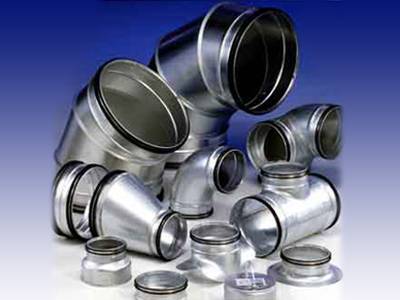
This comprehensive guide explores the diverse world of ducting, providing detailed information on various types to help you choose the perfect solution for your ventilation, heating, cooling, or industrial process requirements. We cover materials, applications, advantages, and disadvantages to empower you to make informed decisions.
I. Material Types:
II. Application-Specific Ducting:
III. Key Considerations When Selecting Ducting:
IV. Conclusion:
Choosing the right type of ducting is crucial for any ventilation or HVAC system. Understanding the various materials, applications, and considerations discussed above will help you select the most appropriate and cost-effective solution to meet your specific requirements. Contact us for expert assistance in selecting and installing the right ducting for your needs.